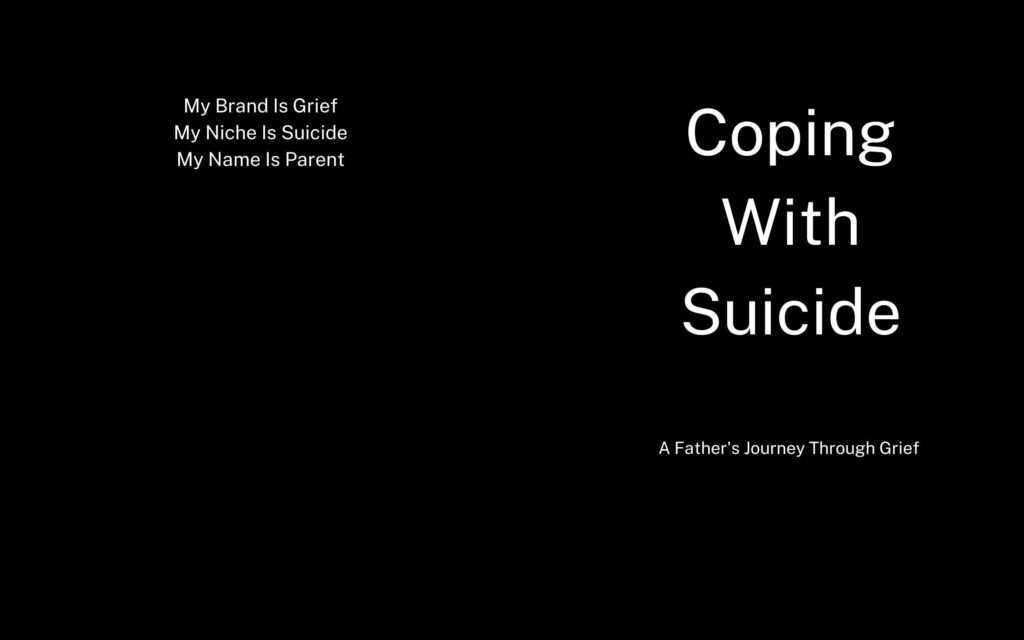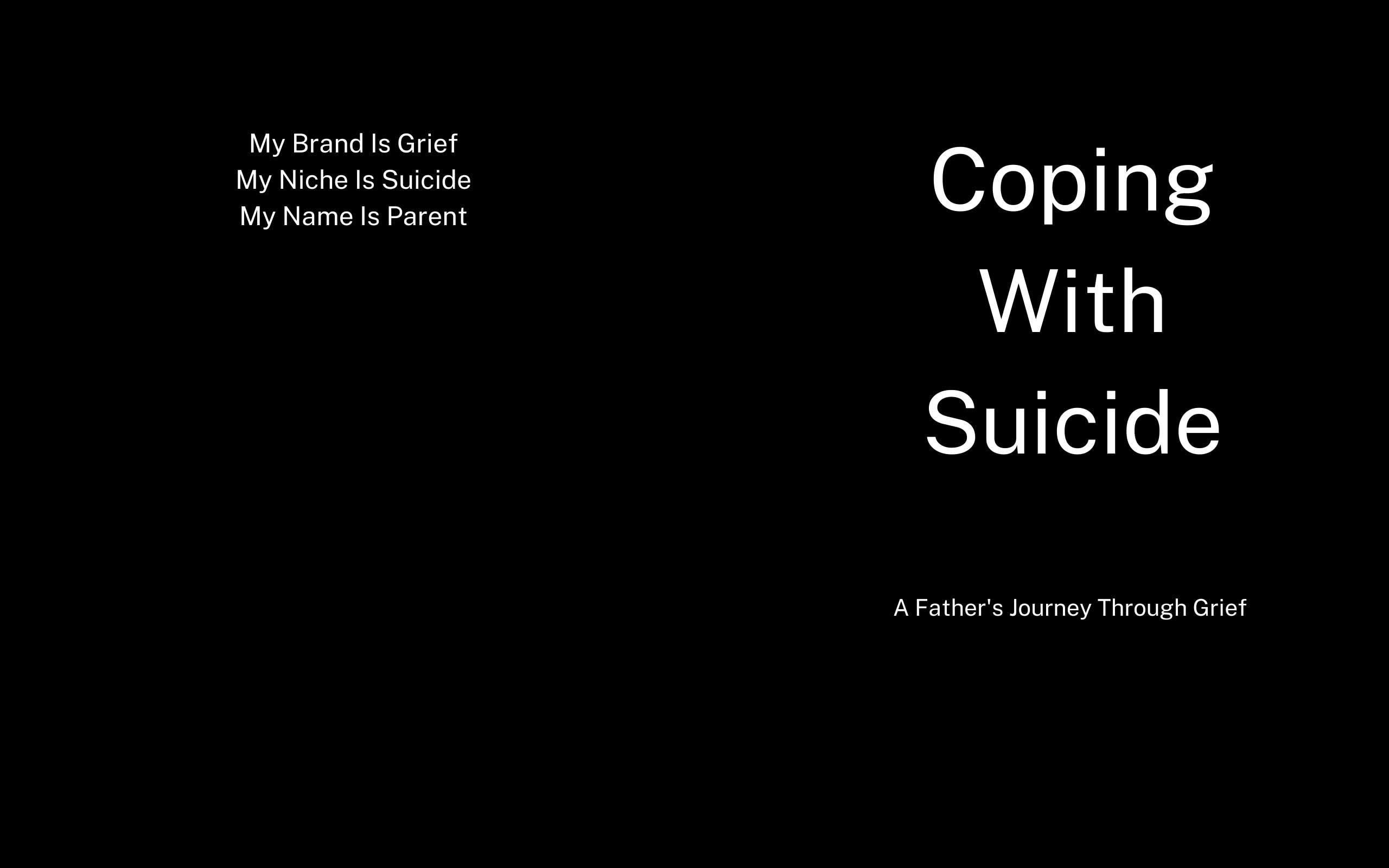
Coping with Suicide: Understanding, Support, and Prevention
Suicide is a deeply complex and sensitive issue, impacting individuals, families, and communities worldwide. Understanding the factors that contribute to suicidal ideation, learning effective coping mechanisms, and knowing how to offer support are crucial steps in suicide prevention. This article aims to provide comprehensive information on how to cope with suicide, covering various aspects from recognizing warning signs to accessing professional help. It is important to remember that coping with suicide is possible, and resources are available for those who are struggling, as well as those who have been affected by the loss of someone to suicide. This guide seeks to equip you with the knowledge and resources needed to navigate this challenging landscape.
Understanding Suicide: Risk Factors and Warning Signs
Before exploring ways to cope with suicide, it’s essential to understand the underlying factors that contribute to suicidal thoughts and behaviors. Suicide is rarely caused by a single factor; rather, it is often the result of a complex interplay of biological, psychological, social, and environmental influences.
Risk Factors for Suicide
- Mental Health Conditions: Depression, anxiety, bipolar disorder, schizophrenia, and personality disorders are significant risk factors.
- Substance Abuse: Alcohol and drug misuse can impair judgment and increase impulsivity, contributing to suicidal behavior.
- Trauma and Abuse: Past experiences of physical, sexual, or emotional abuse can significantly increase the risk.
- Loss and Grief: Experiencing the death of a loved one, particularly through suicide, can be a profound trigger.
- Social Isolation and Loneliness: Lack of social support and feelings of isolation can exacerbate mental health issues.
- Chronic Illness and Pain: Living with chronic physical conditions or persistent pain can impact mental well-being.
- Previous Suicide Attempts: Individuals who have attempted suicide in the past are at higher risk of future attempts.
- Family History of Suicide: A family history of suicide can increase vulnerability.
- Access to Lethal Means: Easy access to firearms, medications, or other means of self-harm can increase the risk of a completed suicide.
- Discrimination and Marginalization: Members of marginalized communities, such as LGBTQ+ individuals, may face increased risk due to discrimination and lack of support.
Recognizing Warning Signs
Recognizing the warning signs of suicidal ideation is crucial for early intervention. These signs can be subtle and vary from person to person, but some common indicators include:
- Talking About Suicide: Making statements like “I wish I were dead” or “I’m going to end it all.”
- Feeling Hopeless: Expressing feelings of hopelessness, worthlessness, or having no purpose in life.
- Withdrawing from Activities: Isolating from friends, family, and activities they once enjoyed.
- Changes in Sleep and Appetite: Experiencing significant changes in sleep patterns or appetite.
- Giving Away Possessions: Giving away prized possessions or making arrangements for their affairs.
- Saying Goodbye: Making farewell calls or writing letters indicating they are preparing to end their life.
- Increased Substance Use: Turning to alcohol or drugs as a way to cope with emotional pain.
- Agitation or Irritability: Displaying increased agitation, restlessness, or irritability.
- Sudden Mood Improvement: A sudden and unexplained improvement in mood after a period of depression, which can sometimes indicate a decision to attempt suicide.
If you notice any of these warning signs in someone you know, it’s crucial to take them seriously and offer support. [See also: How to Talk to Someone Who is Suicidal]
Strategies for Coping with Suicidal Thoughts
If you are experiencing suicidal thoughts, it’s essential to remember that you are not alone, and help is available. There are several strategies you can use to cope with suicide ideation and navigate through these challenging moments.
Seek Professional Help
The most crucial step is to seek professional help from a mental health professional, such as a therapist, psychiatrist, or counselor. These professionals can provide evidence-based treatments like cognitive-behavioral therapy (CBT), dialectical behavior therapy (DBT), or medication management to address underlying mental health conditions contributing to suicidal thoughts. Don’t hesitate to reach out to a crisis hotline or mental health service for immediate support. [See also: Finding a Therapist Near You]
Build a Support System
Surround yourself with a strong support system of friends, family, or support groups. Talking to trusted individuals about your feelings can provide comfort, validation, and a sense of connection. Sharing your experiences with others who have gone through similar challenges can also be incredibly helpful.
Practice Self-Care
Engage in self-care activities that promote well-being and reduce stress. This can include:
- Exercise: Regular physical activity can boost mood and reduce symptoms of depression and anxiety.
- Healthy Diet: Eating a balanced diet can improve overall mental and physical health.
- Adequate Sleep: Aim for 7-9 hours of quality sleep each night to support emotional regulation.
- Mindfulness and Meditation: Practicing mindfulness and meditation can help you become more aware of your thoughts and emotions without judgment.
- Hobbies and Interests: Engage in activities you enjoy to distract yourself from negative thoughts and promote a sense of accomplishment.
Develop a Safety Plan
A safety plan is a written document that outlines specific steps to take during a suicidal crisis. It should include:
- Warning Signs: Identifying the thoughts, feelings, or behaviors that indicate you are experiencing a crisis.
- Coping Strategies: Listing specific activities or techniques you can use to distract yourself and reduce distress.
- Social Support: Identifying individuals you can reach out to for support.
- Professional Resources: Including contact information for crisis hotlines, mental health professionals, and emergency services.
- Safe Environment: Removing any potentially lethal means from your environment.
Challenge Negative Thoughts
Suicidal thoughts are often accompanied by negative and distorted thinking patterns. Practice challenging these thoughts by asking yourself if they are based on facts or assumptions. Try to reframe negative thoughts into more balanced and realistic perspectives. Cognitive-behavioral therapy (CBT) can be particularly helpful in identifying and modifying negative thought patterns.
Limit Exposure to Triggers
Identify and limit your exposure to triggers that may exacerbate suicidal thoughts. This can include certain types of media, social media content, or stressful situations. Create a safe and supportive environment that minimizes exposure to these triggers.
Focus on the Present
When experiencing suicidal thoughts, it’s easy to get caught up in worries about the future or regrets about the past. Practice focusing on the present moment by engaging in activities that bring you joy and help you stay grounded. Mindfulness techniques can be particularly helpful in staying present.
Remember That Feelings Are Temporary
It’s important to remember that suicidal feelings are temporary and do not last forever. Even in the darkest moments, there is hope for change and recovery. Remind yourself that things can and will get better with time and support.
Supporting Someone Who is Suicidal
If you know someone who is experiencing suicidal thoughts, it’s essential to offer support and encouragement. Here are some ways you can help:
Listen Empathetically
Create a safe and non-judgmental space for the person to express their feelings. Listen attentively without interrupting or offering unsolicited advice. Validate their emotions and let them know that you care.
Ask Directly About Suicide
It’s a common misconception that asking someone about suicide will plant the idea in their head. In reality, asking directly about suicide can provide relief and allow the person to feel heard and understood. Ask questions like, “Are you having thoughts of suicide?” or “Have you been thinking about ending your life?”
Encourage Professional Help
Encourage the person to seek professional help from a mental health professional. Offer to help them find a therapist, psychiatrist, or crisis hotline. You can also offer to accompany them to their first appointment.
Stay Connected
Stay connected with the person and offer ongoing support. Check in regularly to see how they are doing and let them know that you are there for them. Isolation can exacerbate suicidal thoughts, so maintaining social connection is crucial.
Remove Access to Lethal Means
If possible, remove access to lethal means from the person’s environment. This can include firearms, medications, or other potentially dangerous items. This can help prevent impulsive acts of self-harm.
Don’t Promise Secrecy
Avoid promising to keep the person’s suicidal thoughts a secret. It’s important to prioritize their safety and well-being, even if it means breaking confidentiality. Let them know that you will do everything you can to help them get the support they need.
Take Care of Yourself
Supporting someone who is suicidal can be emotionally draining. It’s essential to take care of your own mental and emotional well-being by seeking support from friends, family, or a therapist. Remember that you cannot pour from an empty cup.
Resources for Suicide Prevention
There are numerous resources available for individuals who are struggling with suicidal thoughts, as well as for those who want to learn more about suicide prevention. Some helpful resources include:
- National Suicide Prevention Lifeline: Call or text 988 to connect with trained crisis counselors.
- Crisis Text Line: Text HOME to 741741 to chat with a crisis counselor.
- The Trevor Project: Provides crisis intervention and suicide prevention services to LGBTQ young people.
- The Jed Foundation: Works to protect emotional health and prevent suicide for teens and young adults.
- American Foundation for Suicide Prevention (AFSP): Funds research, creates educational programs, advocates for public policy, and provides support to those affected by suicide.
- Suicide Prevention Resource Center (SPRC): Provides resources and training to support suicide prevention efforts.
Conclusion
Coping with suicide, whether it involves dealing with your own suicidal thoughts or supporting someone else, is a challenging but crucial endeavor. By understanding the risk factors and warning signs, implementing effective coping strategies, and accessing professional help, we can all play a role in preventing suicide and promoting mental well-being. Remember that help is always available, and you are not alone. Prioritizing mental health and fostering a culture of support and understanding can make a significant difference in saving lives. If you or someone you know is struggling with suicidal thoughts, please reach out for help. Together, we can create a world where everyone feels valued, supported, and hopeful for the future. Coping with suicide starts with awareness, understanding, and action. Take that first step today.

